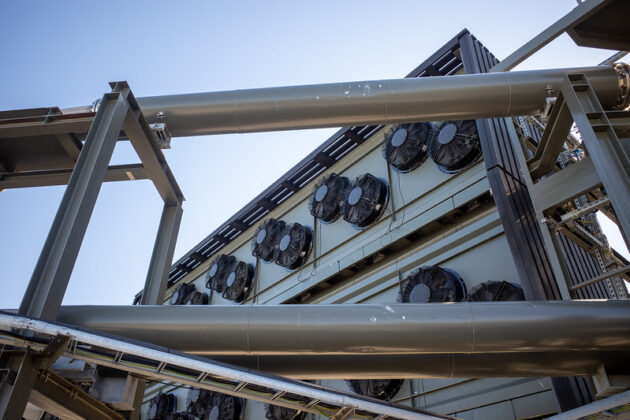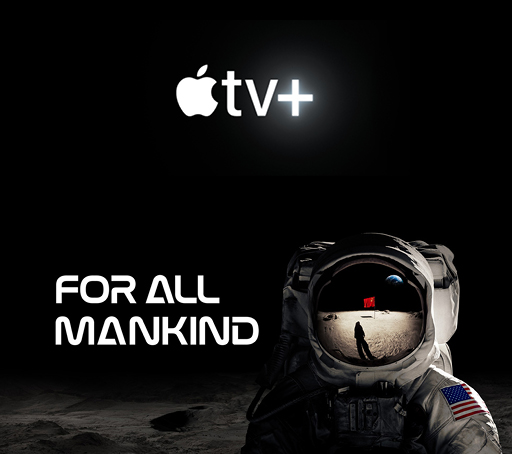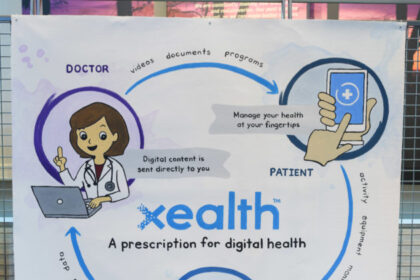Microsoft today announced the world’s largest deal ever for biochar carbon removal: an agreement with Exomad Green to remove at least 1.24 million tons of carbon dioxide over a decade by locking it away in biochar, a charcoal-like substance made from crop waste and woody debris.
The deal is “monumental,” said Diego Justiniano, CEO of the Bolivia-based climate startup. “It’s extremely important to have Microsoft’s backing. They are the market leaders in [carbon dioxide removal].”
While the agreement is record-setting, it’s just the latest superlative-laden announcement of a Microsoft carbon removal purchase.
The Redmond, Wash.-based cloud giant is striving to establish a robust carbon dioxide removal marketplace as its “moonshot” goal of reaching negative carbon emission by 2030 gets increasingly more distant with the expansion of artificial intelligence.

The company is trying to tame its planet-warming emissions from the construction and operations of power-hungry data centers needed for AI computing, as well as from employee travel, the energy used by Microsoft devices, and other sources.
But it can’t get to zero, let alone negative, without erasing carbon debts elsewhere.
“We have a phrase internally that we like to use informally, which is ‘do our best and remove the rest,’” said Brian Marrs, Microsoft’s senior director of energy and carbon removal, in a GeekWire interview. “And that’s where carbon removal comes into play.”
Microsoft is arguably the sector’s biggest booster, purchasing 80% of the globe’s high-durability carbon dioxide removal credits last year, according to Carbon Direct. That includes long-term agreements to capture and trap carbon using basalt rocks, withdrawing it from ocean water, and vacuuming it from the air. Last week it grabbed headlines for an 18 million-ton, 25-year deal to plant trees and do land restoration.
But despite the company’s efforts, its carbon footprint is growing — and that trend will be tough to reverse.
In its 2023 fiscal year, Microsoft emitted more than 15.4 million metric tons of carbon dioxide equivalent. That’s about five times the annual emissions for the city of Seattle.
Microsoft and other cloud heavyweights keep building data centers to meet AI demands — but clean power supplies are lagging, pushing the sector towards new fossil fuel use. A Microsoft leader this spring said the company would be open to energy from natural gas paired with carbon capture technologies. And a Wisconsin community is voicing concern over a proposed gas-fired plant that would power Microsoft’s planned $3.3 billion data center in the area.
AI’s growth is making carbon targets harder to hit, said Melanie Nakagawa, Microsoft’s chief sustainability officer, in a February blog post. “We have had to acknowledge that the moon has gotten further away,” she said.
That makes carbon removal even more important to bridging the gap.
“That’s only a reason to go faster and to continue innovation,” Marrs said. The carbon removal team is looking to “lower costs, pull in timelines and achieve greater scale. So that’s where our focus is.”
Microsoft has a rolling request for proposals for new carbon removal deals, and is building a diverse portfolio of projects that span different geographies and technologies.
Carbon removal is tricky to do well, and critics have attacked the overall sector for failing to remove the expected volumes or leaking captured carbon. Some agreements aren’t “additive,” meaning buyers get credit for sustainable good deeds that would have happened anyhow. It can be difficult to accurately measure removal with scientific rigor.
The software and cloud company has largely avoided these pitfalls in the projects it supports and has aimed for transparency in the deals. It publishes online the science and quality criteria used for the agreements.

Microsoft doesn’t share what it’s paying for carbon removal. The dream for the sector is to get the cost down to $100 per ton, which is a price point that could ultimately lead to more widespread purchases. Marrs said that over time, it could be possible to reach the $100 target when averaged across a variety of removal strategies.
To help get there, Microsoft is beefing up the sector’s supply and demand. Last year it teamed up with Google, Meta and Salesforce to form the Symbiosis Coalition, pledging to purchase 20 million tons of nature-based carbon credits by 2030. It has formed partnerships to develop criteria for high-quality ocean-based carbon removal and supporting methodology for sustainable forestry. It’s trying to create scalable, adaptable purchasing blueprints that others can follow.
Justiniano, CEO of the Bolivian biochar startup Exomad Green, expressed gratitude for the stability provided by Microsoft’s sizeable, long-term deal.
“This gives us the confidence to continue scaling at the pace we’re going,” Justiniano said.
That’s the intention.
The carbon removal market is “a very nascent space,” Marrs said. “But we’ve done the carbon math. We have done the climate math towards our goals, and we know that this is an essential tool — not just for Microsoft, but for the entire world.”
Read the full article here










